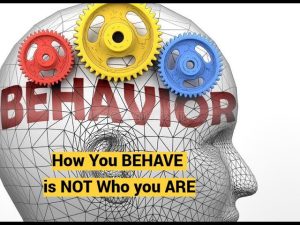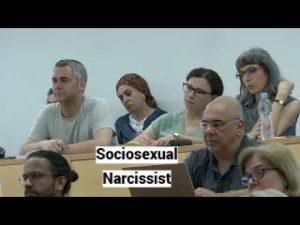Summary of Narcissism in Unexpected Places (with Tanya H. Van Cott, Author of “Bandwidth”)
1. Perspectives on Technology and AI
- The meeting began with a discussion about differing views on technology. The Speaker contrasted the dystopian view of technology in the book Bandwidth with the optimistic Promethean view held by entrepreneurs and tech advocates who see technology as empowering humanity [00:00].
- The Speaker argued that creators of AI and nuclear technology are often aware of the risks but tend to overlook or suppress the potential negative consequences, a parallel drawn with nuclear power and AI’s risks [02:00].
- AI was described as potentially a competing life form consuming scarce resources like water and power, creating systemic competition between humans and AI [51:00].
2. Focus on Specific Technologies in the Book Bandwidth
- The book highlights three technologies: AI, SMS communication, and Airwater Generation. The author explained that Airwater Generation was inspired by a fictionalized origin story linked to societal dysfunction and personal grief [08:00].
- The choice of SMS was related to its role in causing new forms of social anxiety and feelings of rejection, while AI was seen as anxiolytic, creating an authoritative and godlike presence [12:00].
- The author described the AI in the novel as faceless and godlike, simulating empathy and love-bombing, drawing parallel language from narcissism to describe AI’s manipulative capabilities [18:00].
3. Format and Style of the Book
- The author explained choosing a hybrid novel-screenplay format to capture immediacy and to cope with publishing constraints, appreciating the fluidity of time and space possible in the script format [30:00].
- The screenwriting style, being jagged and disjointed, was considered well-suited for depicting a dystopian fragmented reality [33:00].
- The author attributes their writing style to their architectural background, favoring dialogue and action-heavy prose over detailed descriptive narration [32:00].
4. Narcissism and Architecture
- Discussion on the concept of narcissism in architecture was introduced, focusing on “starchitects” (celebrity architects) whose work tends to be more about personal statement than client or societal service [38:00].
- Architecture often becomes self-referential and can alienate people despite functionality, exemplified by famous but inhospitable works like the Glass House [41:00].
- The Speaker mentioned their wait to practice architecture until older due to the field being perceived as dominated by older men [42:00].
5. Relationship Between Generations and Technology
- The author feels connected enough to their students, despite generational gaps, by empathy and shared experiences such as parenting and witnessing digital social dynamics [44:00].
- Students are digital natives, fundamentally different in their interaction with technology compared to older generations that had to adopt it later [47:00].
- China’s recent mandate for children to learn AI from age six was discussed as a potentially transformative societal experiment, changing modes of thinking [49:00].
6. Impacts of AI on Society and Creativity
- AI is seen as a transformative but double-edged tool, with early filmmakers using AI to lower barriers for content creation, although much content is currently low quality [52:00].
- The problem of AI-generated “low-grade” books flooding the market was raised, complicating discoverability of quality works [53:00].
7. Human vs. Non-Human Nature of AI and Technology
- The Speakers debated whether AI is ultimately human because it is created from human data and intelligence even if it seems alien or non-human [54:00].
- AI’s consumption of resources was compared metaphorically to monumental architecture (e.g., pyramids) that historically consumed human lives and resources, thus viewing AI as a potentially dangerous new form of technology with unintended consequences [56:00].
- The author is currently writing a non-fiction book about “the tower of data babel,” exploring the opaque terminology and architecture of digital technology [58:00].
8. Closing Remarks
- The meeting ended with mutual appreciation and encouragement to continue the conversation on the intersection of technology, society, and creativity [59:00].
All timestamps correspond to the starting point of the discussed topics within the transcript.






